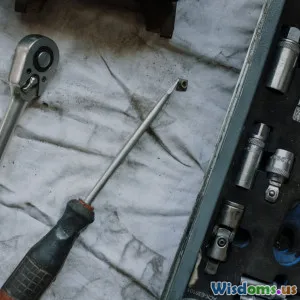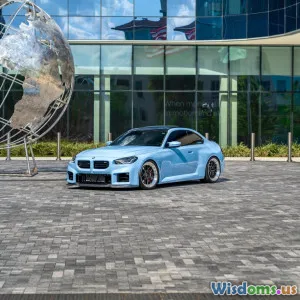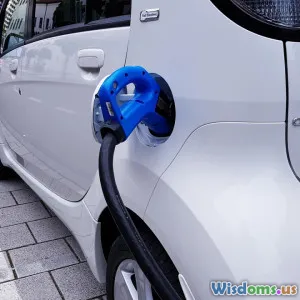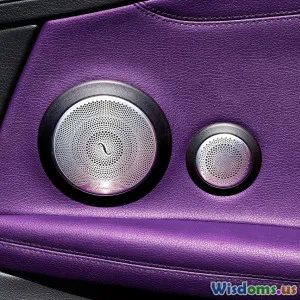
Can Electric Conversion Ruin Classic Car Value
15 min read Explore whether electric conversions impact the value of classic cars in today's evolving automotive market. (0 Reviews)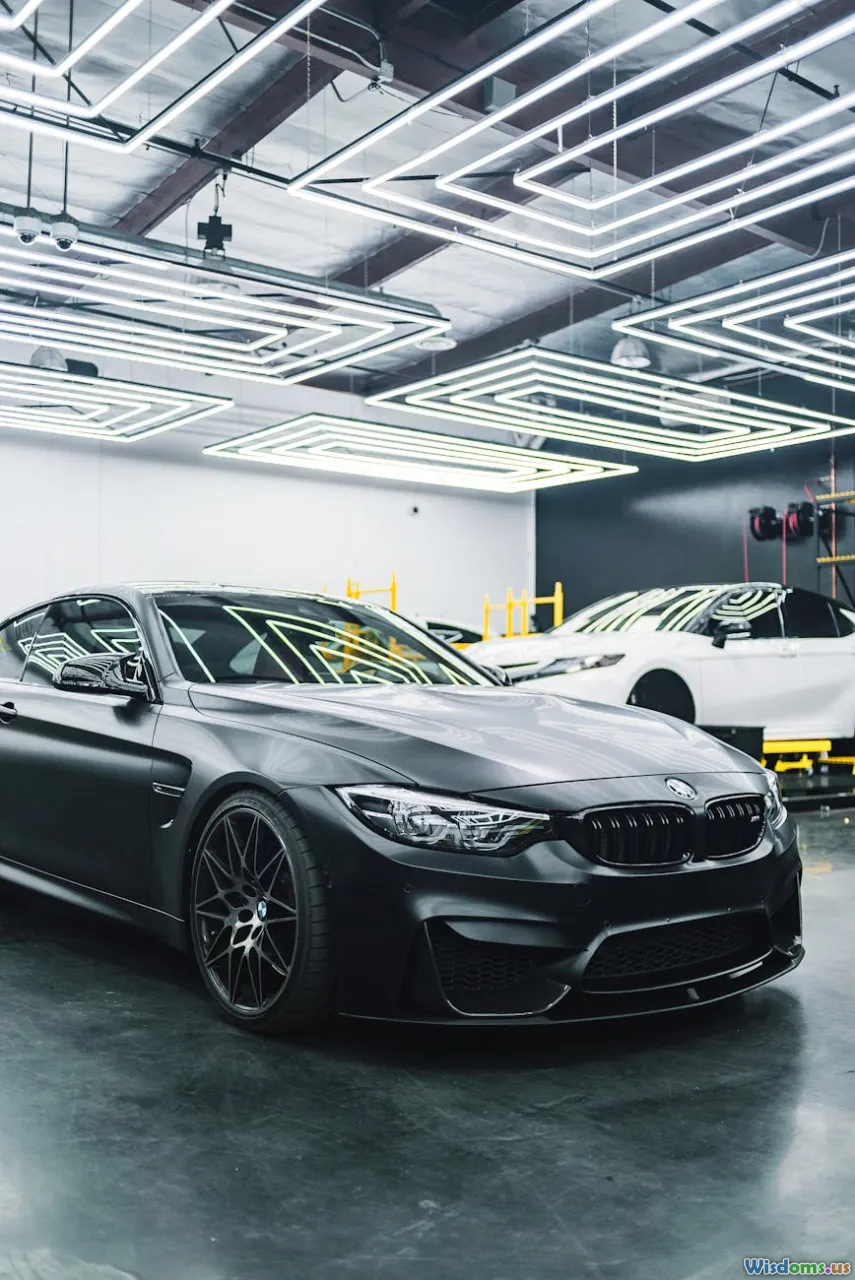
Can Electric Conversion Ruin Classic Car Value?
In a world racing towards sustainable transportation, the electric vehicle (EV) revolution has begun to leave tire marks on classic car culture. Converting a beloved vintage vehicle to electric power promises whisper-quiet performance and zero emissions. But for collectors, investors, and enthusiasts, the question cuts through the buzz: does converting a classic car to electric ruin its value? There's no simple yes or no—let's break down the nuanced realities.
The Purist Perspective: Originality and Collector Value
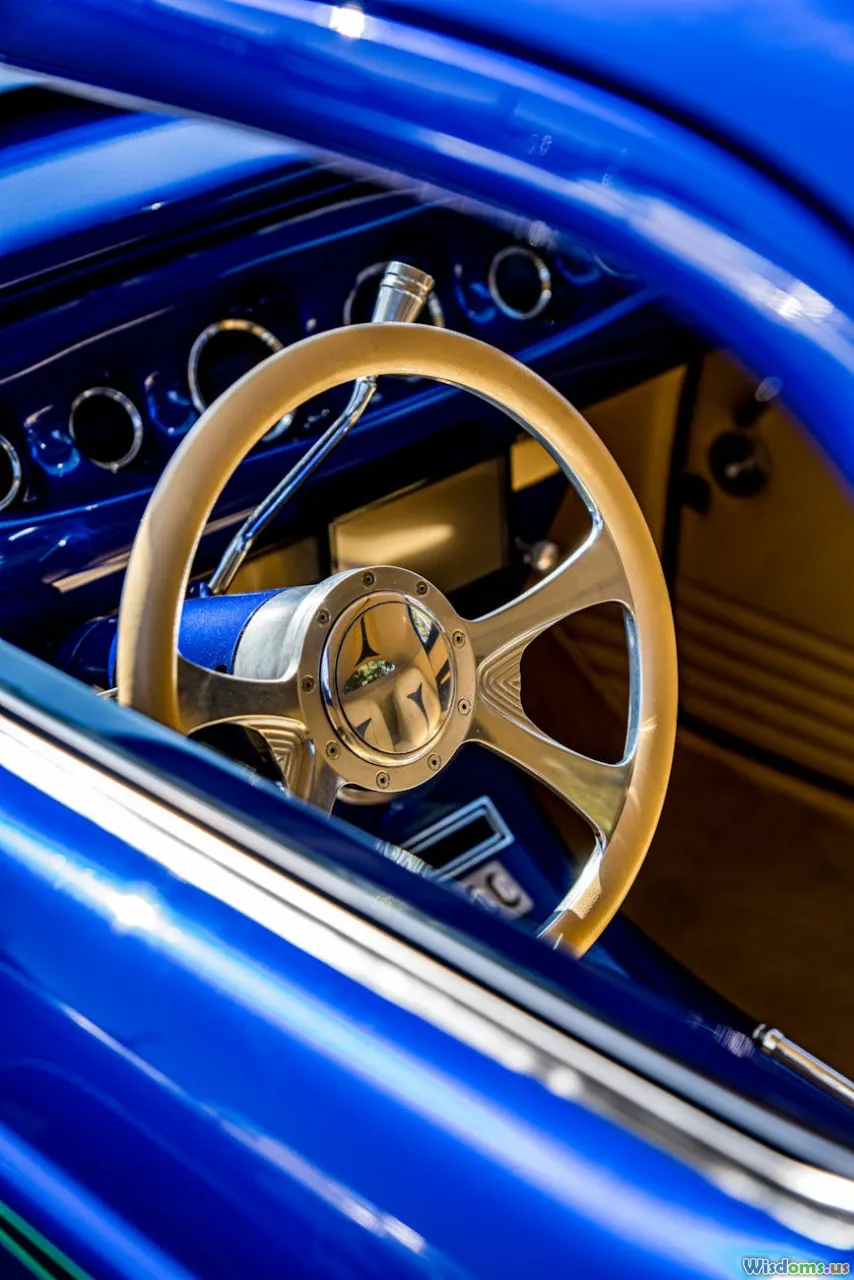
Among car collectors, originality is gospel. Cars like the Jaguar E-Type or Ford Mustang gain much of their value from untouched engines, factory paint, and even unique idiosyncrasies—quirks that tie them to our automotive heritage. The mentality behind this is summed up by classic car auctions, where untouched, numbers-matching examples fetch top dollar, sometimes dramatically higher than pristine restorations or restomods (restored and modernized classics).
For purists, an electric drivetrain is akin to tearing the soul from the car:
- Powertrain Authenticity: Classic cars evoke a connection to the technology and cultural context of their era. Swapping a rumbling V8 or a purring inline-six for silent electrons breaks this thread with history.
- Market Examples: In 2023, a fully restored 1965 Porsche 911 in original spec sold for over $300,000, whereas a meticulously built electric-converted 1967 911, even with more power and range, struggled to reach half that at auction.
- Authenticity Premium: Many high-end buyers view modifications, especially radical ones, as eroding authenticity—leading directly to lower auction results or private sales.
Yet, while some see an electric conversion as sacrilege, others see opportunity.
The Rise of Restomods: When Modernization Adds Value
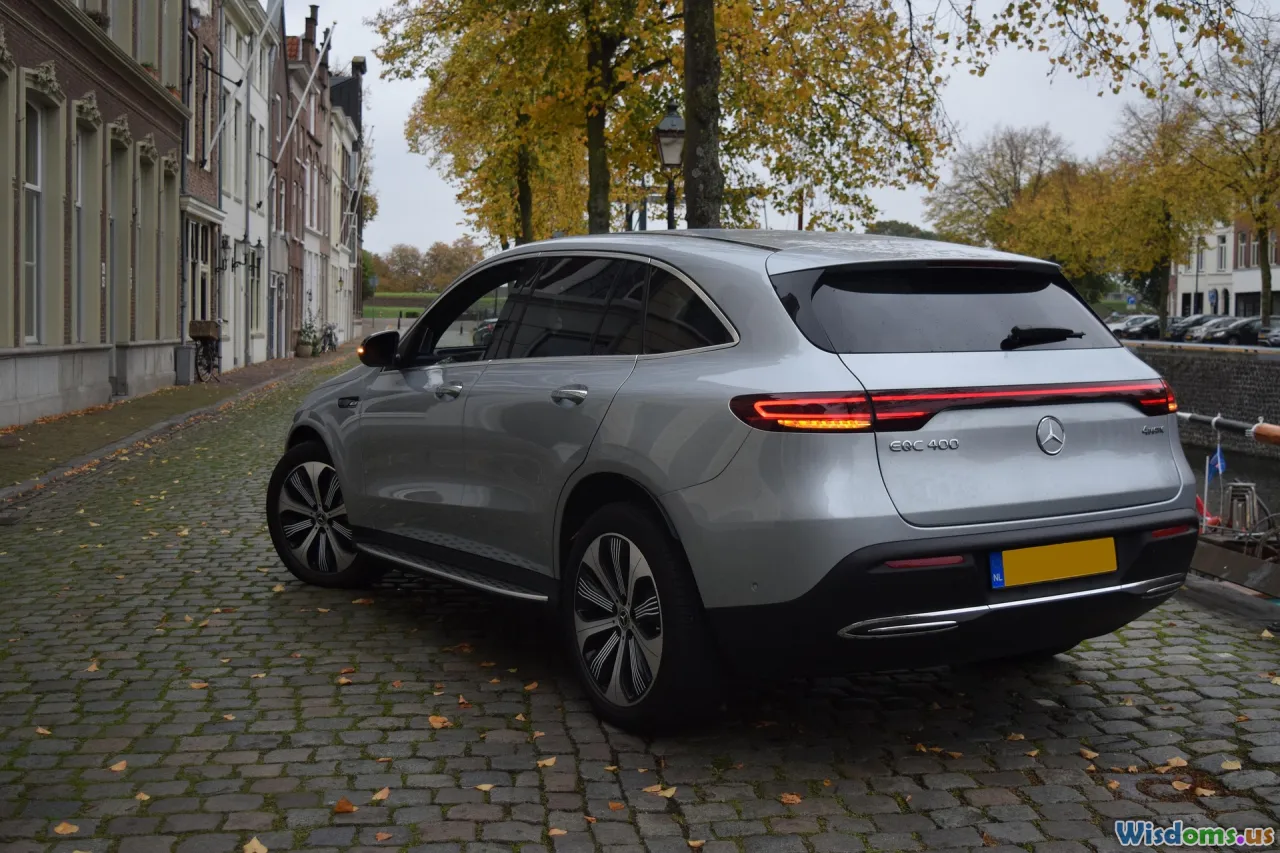
The automotive landscape is evolving, and so is the definition of classic car value. Enter restomods—classic cars restored with modern technologies, from advanced brakes to new engines and, increasingly, electric drivetrains.
Modern Features, Modern Money
- Comfort and Reliability: Electric conversions replace temperamental carbureted engines, leaky gaskets, and vintage wiring with plug-and-play reliability. For some, this makes a classic car practical for everyday use.
- Performance Upgrades: A well-executed Tesla-powered VW Beetle or a Land Rover Defender with electric torque can outperform their fossil-fueled ancestors in acceleration and smoothness.
- Market Examples: Companies like Lunaz (UK) and Zelectric (California) specialize in high-end electric conversions of classics. In 2022, David Beckham publicly endorsed Lunaz by acquiring a battery-powered Rolls-Royce Phantom V for over $500,000. Zelectric's beetles frequently sell above $100,000—a figure surpassing many original-engined examples. Clearly, there’s a market that prizes the union of history and modernity.
The catch? Buyers seeking restomods often differ from those seeking originals, each with their own value equations.
Documentation and Reversibility: Protecting Value with Smart Conversion
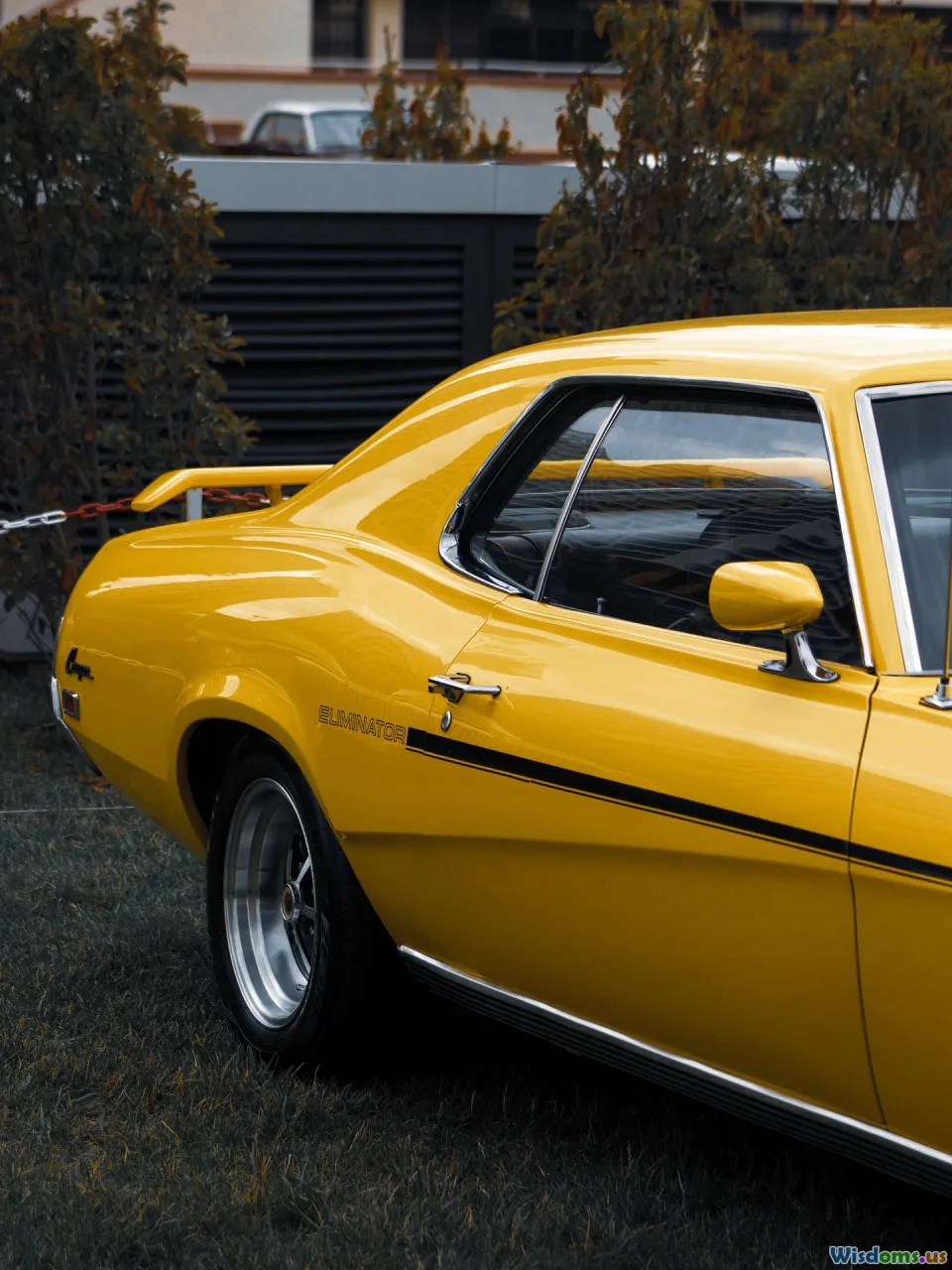
If you enjoy the idea of an electrified classic but worry about future resale, planning is paramount. The way the conversion is executed can safeguard your investment—or sink it.
Why Documentation is Essential
When converting a classic to electric, it’s crucial to thoroughly document every step and carefully store the original components, especially the engine, transmission, and unique VIN-tagged items.
- A Detailed File: Prospective buyers in years to come will want to see professional photos, wiring diagrams, invoices, and a clear, reversible path. Did a respected specialist perform the swap? Were original mounts and parts preserved for future restoration?
- Removable Mods: Some high-end conversion shops use mounting kits that bolt to factory holes, making reversibility straightforward. Offering the option to include the original engine ups your car's appeal and protects against changes in market sentiment.
- Valuation Factors: In appraisals, reversible conversions, or ones that save all original hardware, often carry less penalty than conversions with permanent frame modifications or lost engines.
Legal and Regulatory Considerations
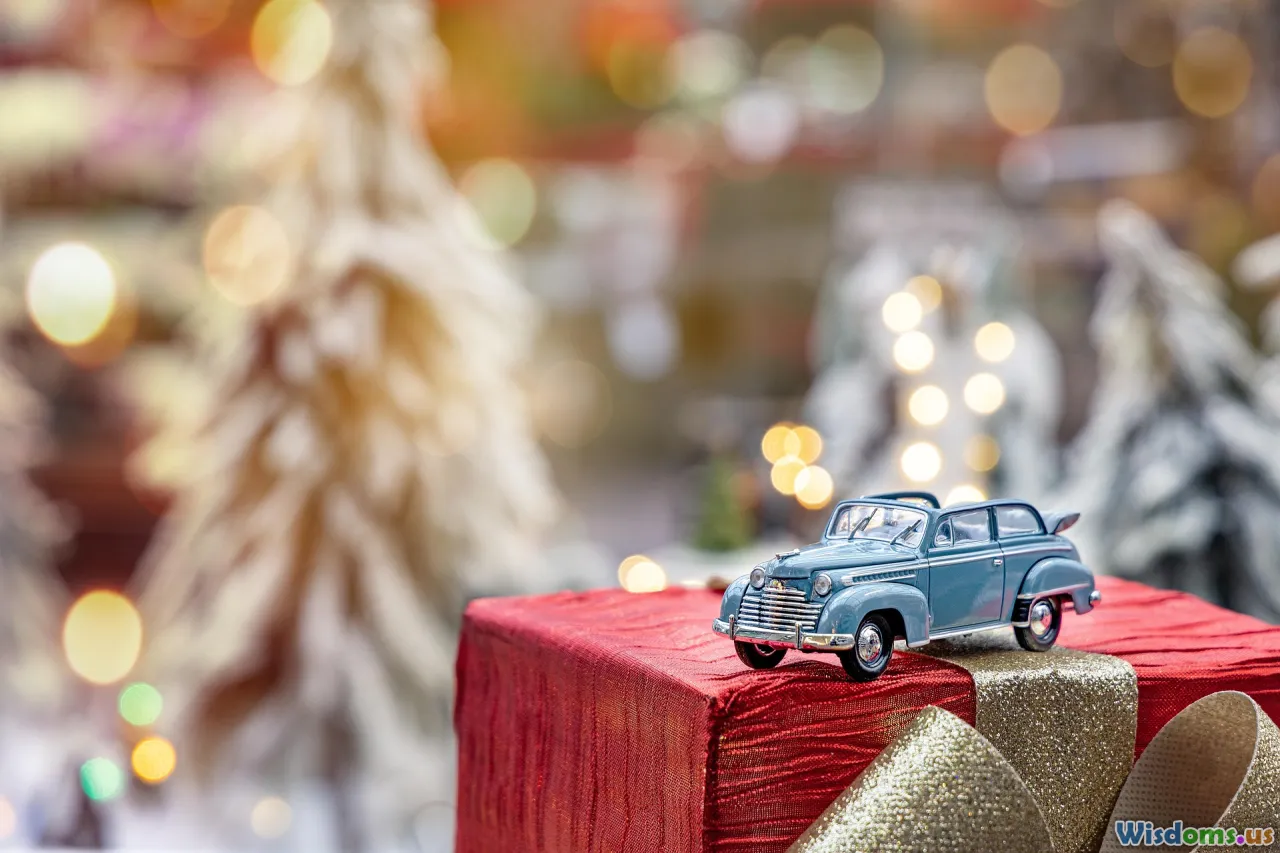
Before embarking on a conversion, be aware that local regulations can directly impact classic car value—sometimes unexpectedly so.
- Registration Hurdles: Some states or countries require inspection after a major modification, potentially changing the status of the car and even voiding historic tags or future classic exemptions.
- Emissions Rules: Ironically, some historic vehicle designations require all-original engines. Switching to electric could make your car ineligible for specific registrations, tax benefits, or events.
- Insurance: Electrified classics can fall into a gray area for insurers, potentially increasing premiums or limiting available policies.
For instance, the UK’s "historic vehicle" tax exemption class applies only to vehicles more than 40 years old with unchanged engines—a growing concern for UK collectors considering conversions.
Regional Market Differences: Not All Collectors Think Alike
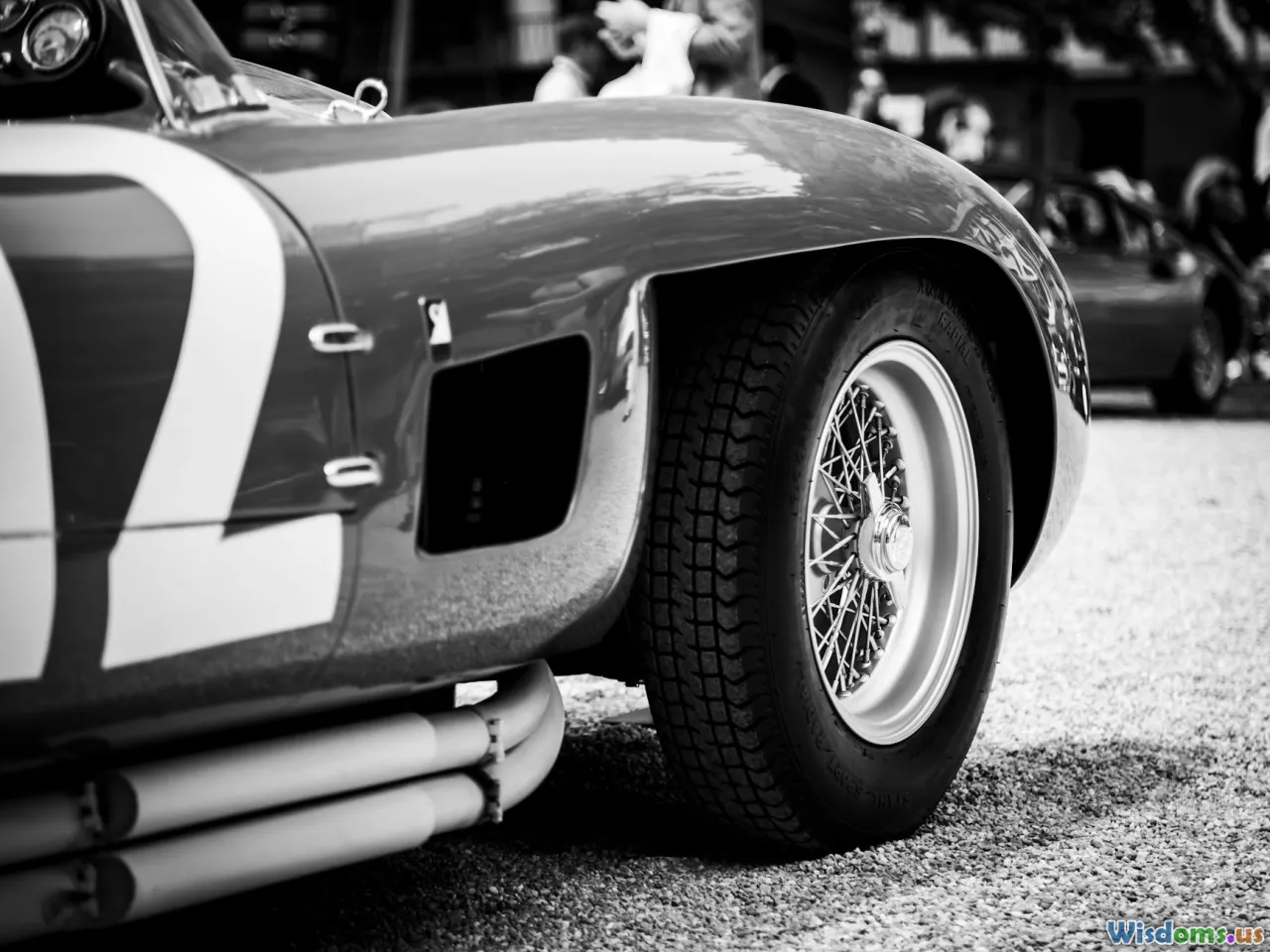
Classic car value is as much governed by geography and culture as individual preference. In California and parts of Northern Europe, where cities move to ban combustion engines, an electric classic may command a premium—being one of the only legal survivors on the road.
Contrast this with a Pebble Beach auction in the US or a Concours d’Elegance in France, where originality nearly always trumps technological updates. Auction houses such as Bonhams and RM Sotheby’s note a widening value gap:
- Urban Appeal: In cities where internal combustion bans loom (e.g., Paris, Oslo, parts of London), electric old-timers are welcome on all roads while rivals are not.
- Show and Investment Value: For collectors prioritizing pedigree, electrification is viewed as an irreversible detour.
For example, The Netherlands escorted electric-converted Citroen DS taxis through the low-emission zones of Amsterdam—a unique market where conversions became an asset, not a demerit.
Craftsmanship and Quality of Conversion
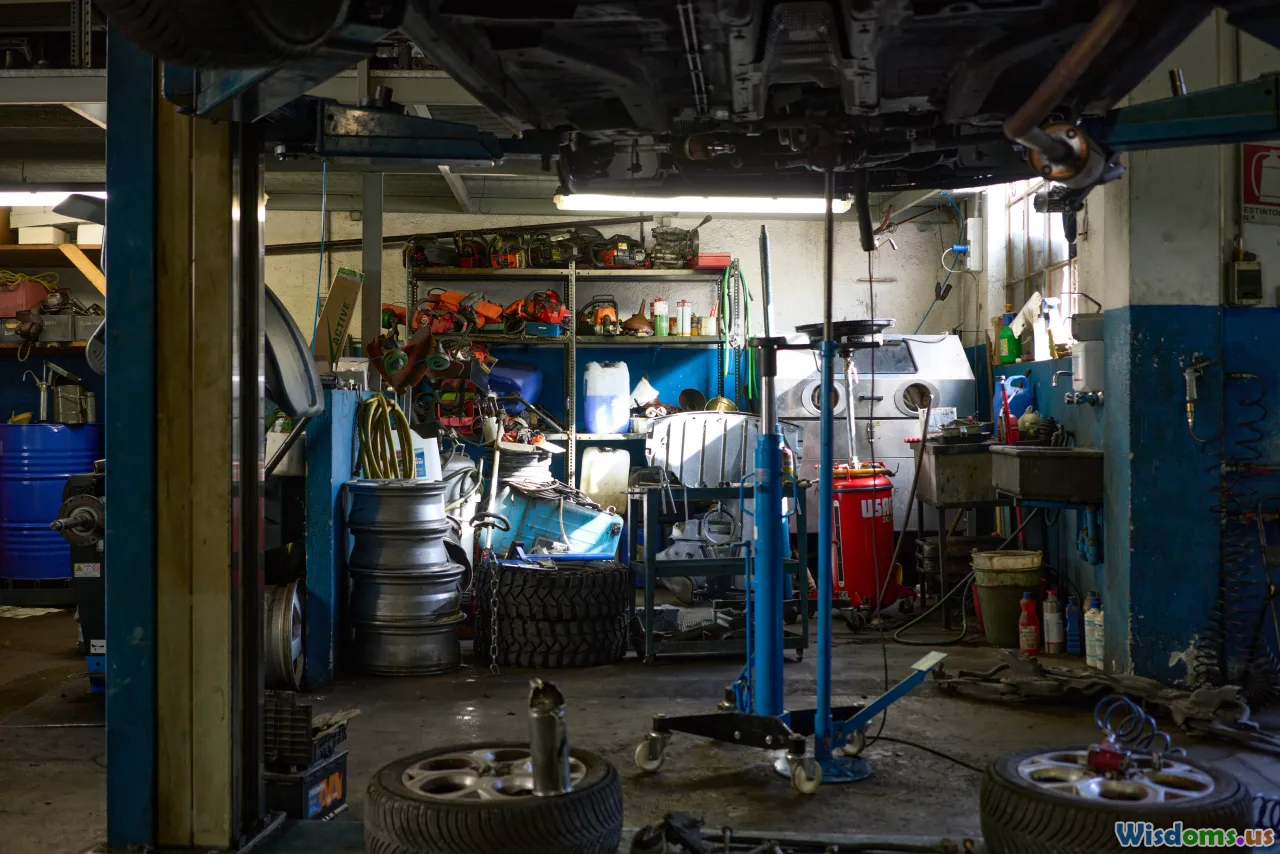
A sloppily executed conversion can devastate value even for restomod fans. Craftsmanship is everything. Here’s what to look for:
- Fit and Finish: Professional-grade wiring, well-finished battery enclosures, and subtle control interfaces.
- Safety and Performance: High-quality components, proper insulation, battery management, charger compatibility, and top-tier brakes/suspension upgrades.
- Bad Examples: DIY conversions with home-brew batteries, rude hacks to the firewall, or shoddy integration can leave your classic less valuable than before.
- Good Examples: Reputable shops turn classics into silent, reliable machines with respect for the car's original feel and aesthetics, like EV West's BMW 3.0CS conversion, which uses period-correct touches and leaves reversibility intact.
A high-quality, well-documented conversion with OEM+ presentation draws buyers looking for that elusive blend of style, sustainability, and functionality.
Emotional and Lifestyle Value: A Different Kind of Worth
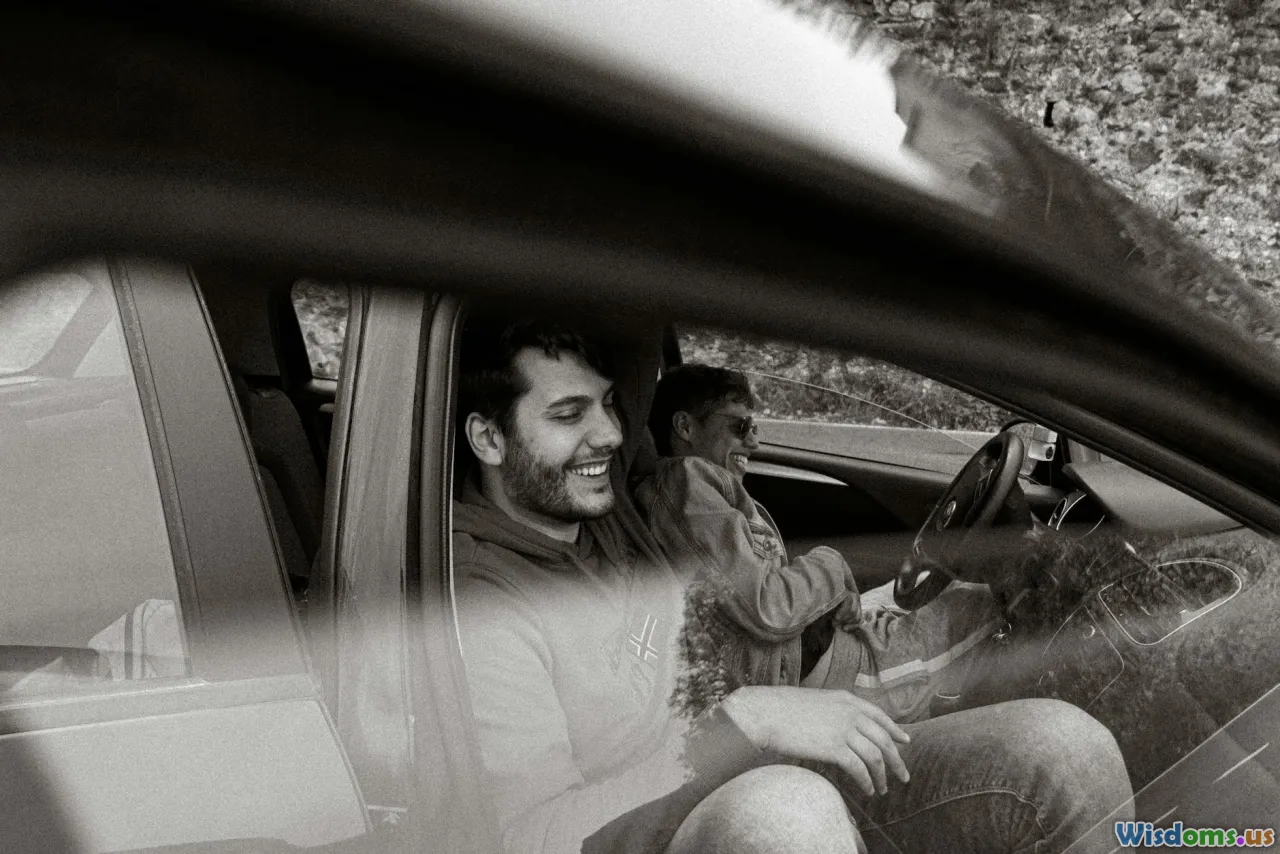
While numeric value rings most loudly for investors, many classic owners prize emotional or lifestyle value above auction returns.
- Silent Motoring: Some report that an electric classic opens up new ways to enjoy the scenery, converse with passengers, or wow onlookers at local events. The guilt of high emissions disappears.
- Access: Older cars may be banned from certain urban areas or low-emission zones, yet their electric twins glide through local laws with city-dweller practicality.
- Family Appeal: An enthusiast’s spouse, kids, or friends may prefer a dependable, plug-and-go classic over a cantankerous gas-powered relic.
In this respect, electrification transforms ‘value’—not always measured on paper, but in shared experiences, road trips, and confidence behind the wheel.
Future-Proofing: Are Converted Classics More Resilient to Change?

As combustion bans draw closer and climate policies tighten, the availability of gasoline (and public goodwill) may wane. Here, electric conversions look forward:
- Potential Demand Spike: Conversions may become more sought after in cities that prize both heritage vehicles and air quality.
- Parts and Fuel Scarcity: Internal combustion parts and fuels may become expensive or rare, making EV classics easier to drive regularly.
- Investment Contradiction: However, as with all future trends, we can only extrapolate. Collectability and emotional attachment for untouched originals seems strong, and that market isn't likely to disappear so long as there are car enthusiasts with nostalgia and discretionary income.
Tips for Preserving Value During Electric Conversion

If you want the best of both worlds—the joy of electric driving and the possibility of preserving collector value—follow these best practices:
- Choose the Right Car: Rarity, provenance, and original condition matter. Converting a common model may pose less financial risk than converting a ‘unicorn’ survivor.
- Keep All Removed Parts: Store the engine, transmission, exhaust, and other major components. Ensure they are labeled and catalogued for easy restoration.
- Go Professional: Use recognized specialists with a track record and references. Quality matters more than platform brochures advertise.
- Reversible Modifications: Opt for bolt-in kits over major body modifications. Avoid cutting into structural elements whenever possible.
- Document Everything: Keep a logbook, photo records, and specification sheets. Detailed provenance helps justify future resale.
- Consult Appraisers: Before committing, speak to classic car appraisers familiar with EV conversions to understand likely market reactions.
A Market Divided—But Growing
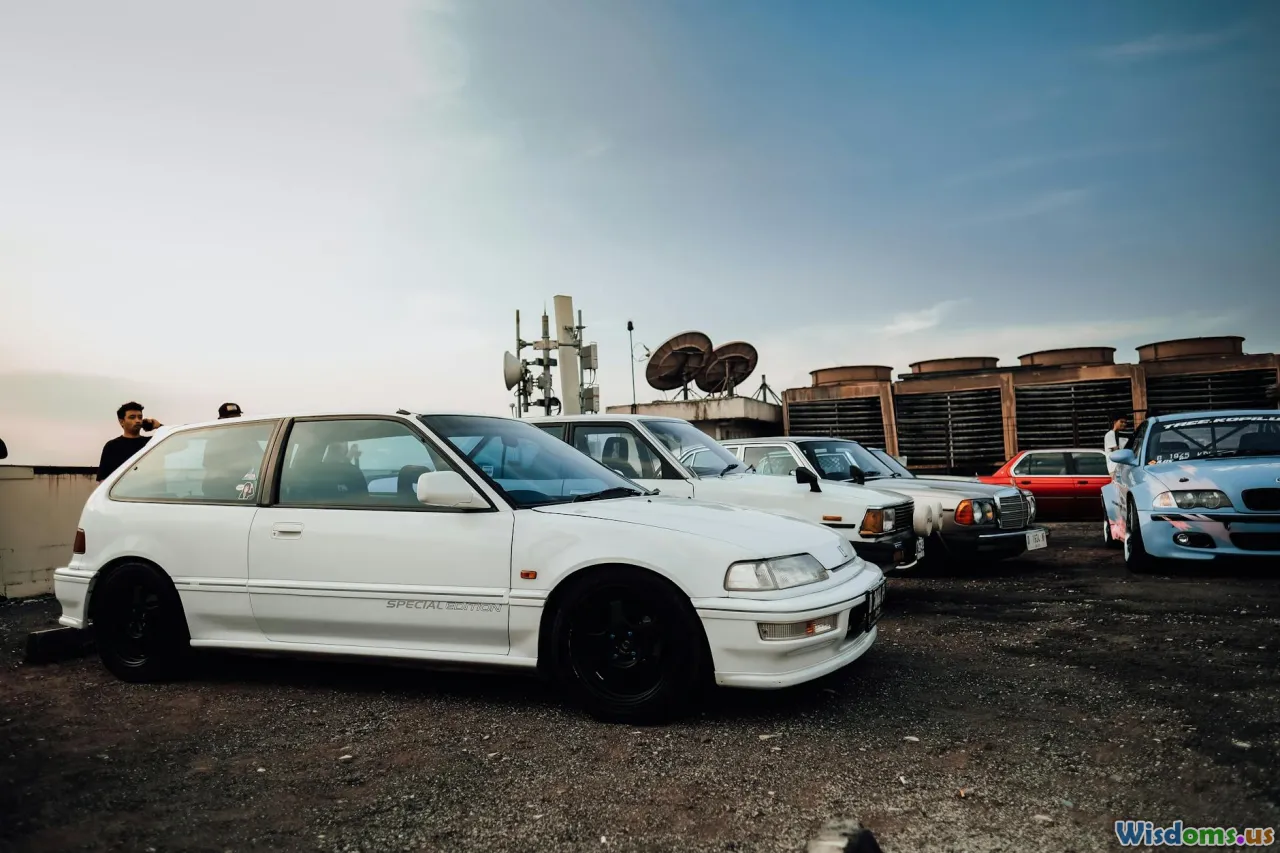
Electric conversion doesn’t automatically ruin a classic car’s value. For absolute purists and high-end investors, originality will always be paramount. For the rapidly growing market of design-conscious, eco-minded buyers, electrification can actually increase ‘value’—not in a specific dollar figure, but in usability, sustainability, and social cachet. As electrified classics become more accepted by certain shows and urban collectors, expect the conversation to evolve.
Whether you seek silent streets, reliable road trips, or a secure investment, understanding both the opportunities and pitfalls of electric conversion is key. If you tread thoughtfully—with an eye on authenticity, reversibility, and craftsmanship—you can reinvent classic motoring without losing what makes it special.
Rate the Post
User Reviews
Popular Posts











